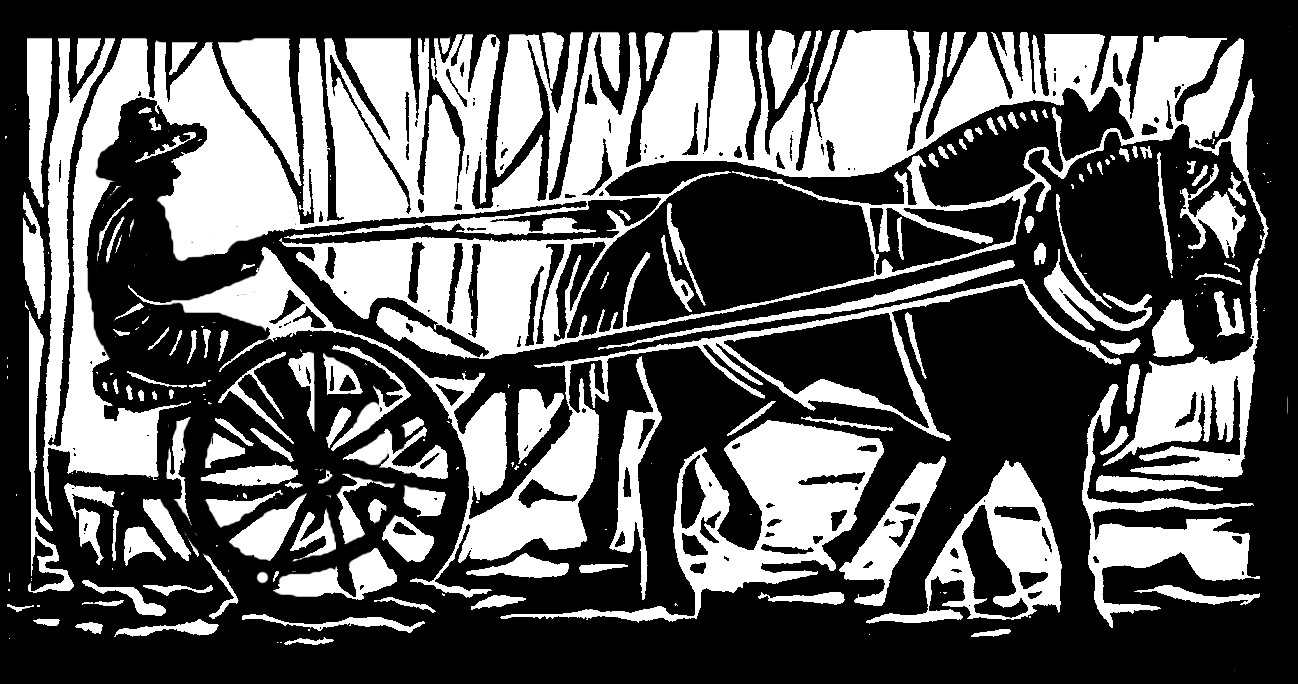One day several years ago my farming fellow came back from his seed-saving group, saying, “Yeah, it was great! There were all these people growing their great great great grandmothers' heirloom open pollinated really rare varieties of corn and beans!”
“What did you say you were growing?” I asked him.
“I said I was grafting tomatoes! They all looked at me like I'm nuts!”
I thought my fellow was a little nuts myself, when he first talked about grafting tomatoes. People graft fruit trees, I said knowingly, not tomatoes.
“Look at this! It's fantastic!” was his answer. He showed a me a video clip of a hand, a razor blade, and two innocent tomato plants, each being sliced in half. Then the bottom of one was stuck to the top of the other, with the help of a silicone clip.
“Isn't that great?” he said. “I can't wait to try this!”
“But why?” I said. “It's so artificial, it's so forced, it's so not sustainable. And it's so not groovy!”
“I know,” he said enthusiastically, “but it doubles production, and the whole greenhouse is full of propane heaters and miles of plastic and irrigation and fans and everything else. It's all crazy and non-groovy. But since we have all these resources concentrated in this one area, we might as well get good production. That's a kind of sustainibility, too. And it's fantaaaastic production! Look at this! The plants are twice as big! Twice as many tomatoes!”
“But do we want twice as many tomatoes?”
“Yes!” said my fellow farmer.
Oh, he does love tomatoes, my fellow. Every year he grows a trillion different varieties, pink, yellow, white, purple, green, black, orange, and even red. He was ecstatic the year we were finally able to put all our tomatoes under cover, thanks to the addition of two new hoophouses. The outside, or “field” tomatoes, tasted mighty good, but they didn't always look so pretty. Now our tomatoes taste and look good, in the highly protected hoophouse environment.
The next big tomato step, after the hoophouse revolution, was the grafting revolution. My fellow plunged in, armed with a razor blade and a little pair of scissors. He sliced and trimmed and clipped, joining a sturdy Central American tomato root, highly tolerant of greenhouse conditions, to whatever heirloom or hybrid variety he was most enamored with at the moment. He tucked the tender grafties into the hospital, a darkened area under one of our propagation tables, for three days, misting them carefully twice a day. Then voila! There emerged the first batch of grafted tomatoes, each little plant either thoroughly dead or amazingly alive.
We transplanted the grafties carefully into our hoophouse beds, and soon they took off, and off, and off. They burst out of their silicone clips and grew and grew, twice the size of their non-grafted neighbors. We were in awe. We gazed high, at the hoophouse trusses, where the tomatoes were curling their leaves and twining their stems. That year was the first that my fellow had to start climbing a ladder to harvest tomatoes.
Ever since, my fellow has grafted, gazed in awe, and climbed the ladder. Over the years, he's worked his way through various grafting errors: plants too little, plants too big, plants in hospital too long, plants in hospital not long enough, plants too wet, plants too dry. Then one year my fellow had another brilliant idea: “Hey! How about grafting some cherry tomatoes?”
“Gee, I don't know,” I answered. “We've got an awful lot of cherry tomatoes already. It takes us three hours at a time, the two of us, just to pick them.”
“I'm going to try, just a couple. It'll be great. The plants will be huge!”
My fellow was right again. The plants were huge. They were monstrous. They were impenetrable. We would tunnel in, trying to reach the trillion before the overripening, the splitting, and then the rotting. We would tunnel in, and come out gasping for air.
“Never again,” I said. “Never again.”
“Never again,” agreed my fellow, “Never again.”
Now we laugh about it, as we spend our companionable three hours picking the lovely non-grafted cherry tomatoes twice a week together.
“Remember that year you grafted the cherry tomatoes?” I say.
“Yeah,” he says. “Hee hee hee. That was a big mistake.”
“Hee hee hee,” I say. “That was funny. Remember how mad I used to get? I'd come out of there with all these leaves and cherry tomatoes caught on my head. I hated wasting all those tomatoes we couldn't reach.”
“Yeah,” he says again. “That makes this kind of picking seem easy, doesn't it?”
“It sure does,” I say.
“But it's a good thing I graft the big tomatoes,” he adds quickly. “Don't you think?”
“I sure do, “ I say. “I guess you're not completely nuts after all. You're more like completely tomatoes!”
Originally published in the Monadnock Shopper News, Aug 31 -- Sept 6, 2016
